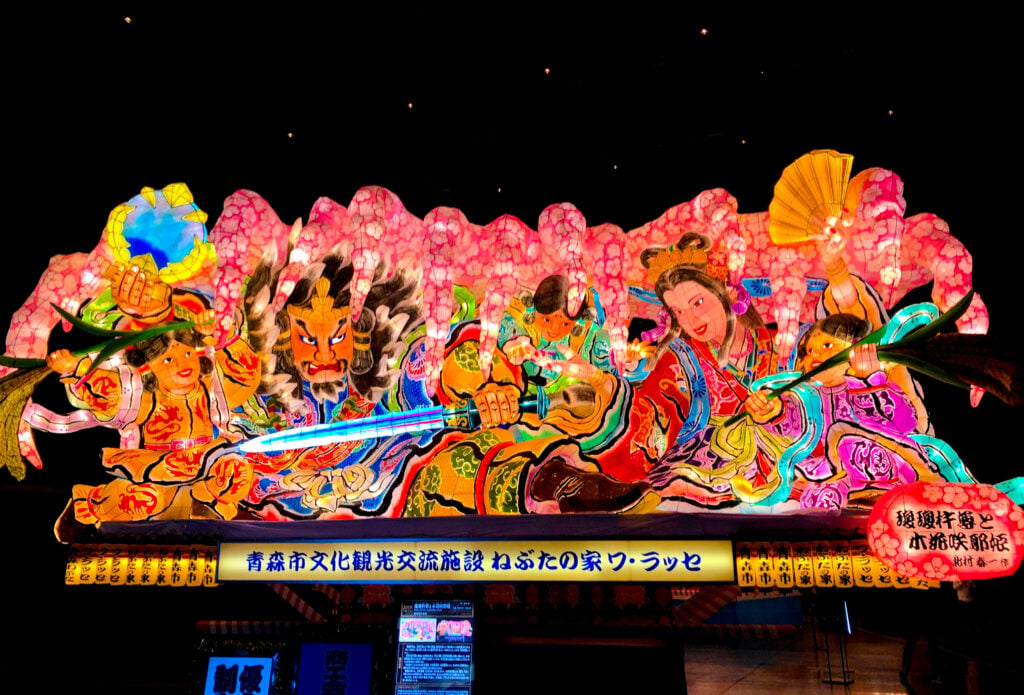It can be very useful to learn things like parts of the face when starting a new language. Particularly in Japanese where the parts of the face are often used as general descriptors in everyday life, but also in dozens of expressions that have absolutely nothing to do with anatomy. We’ve brought some of these together that should be the most useful for you as they are commonly used in a variety of situations.
First, you’ll need to learn the individual words, so here’s a complete list of parts of the face in Japanese!
The parts of the face in Japanese
The first terms to remember are atama (頭), which means “head”, kao (顔), which instead means “face”, and kubi (首), which means “neck”.
Now that we know where we put the parts of the face in Japanese, we can move on to the actual list.
Working from top to bottom, we find:
kaminoke, 髪の毛 = hair (you can also abbreviate to kami, 髪)
hitai/odeko, ひたい / おでこ = front
mayuge, 眉毛 = eyebrows (you can also abbreviate to mayu)
me, 目 = eyes
matsuge, まつげ = eyelashes
mabuta, まぶた = eyelids
mimi, 耳 = ears
hana, 鼻 = nose
hoho/hoppe, ほほ / ほっぺ = cheeks
kuchi, 口 = mouth
kichibiru, くちびる = lips
ha, 歯 = teeth
shita, 舌 /べろ = tongue
ago, あご = chin
To help you remember this you can refer to the image below, where you find all the words mentioned!

Much more than just anatomy
Now let’s move on to the most interesting part, namely expressions (also known as idioms)! These ones are among the most common and easy to use:
1) Kao o dasu (顔を出す) Meaning “to make an appearance”.
2) Kao ga hiroi (顔が広い) Meaning “to be well connected”.
3) Kao kara hi ga deru (顔から火が出る) Meaning “to be extremely embarrassed”.
4) Hana ga kiku (鼻が利く) Meaning “to be intuitive”.
5) Hana ga takai (鼻が高い,) Meaning “to be arrogant”.
6) Atama ga ii (頭がいい) Meaning “to be smart”.
7) Kubi ni naru (首になる) Meaning “to be fired”.
8) Atama ni kuru (頭にくる) Meaning “to get angry”.
9) Mimi ni suru (耳にする) Meaning “to hear by accident”.
10) Me ni ukabu (目に浮かぶ) Meaning “to picture”, “to remember”.
Why not try to use them the next time you talk to your Japanese friends and see if you can get them right!
If you want to learn about life and study in Japan, contact us for more information on signing up for a language school, applying for a student visa, and if you’d like to take part in one of our study trips.













